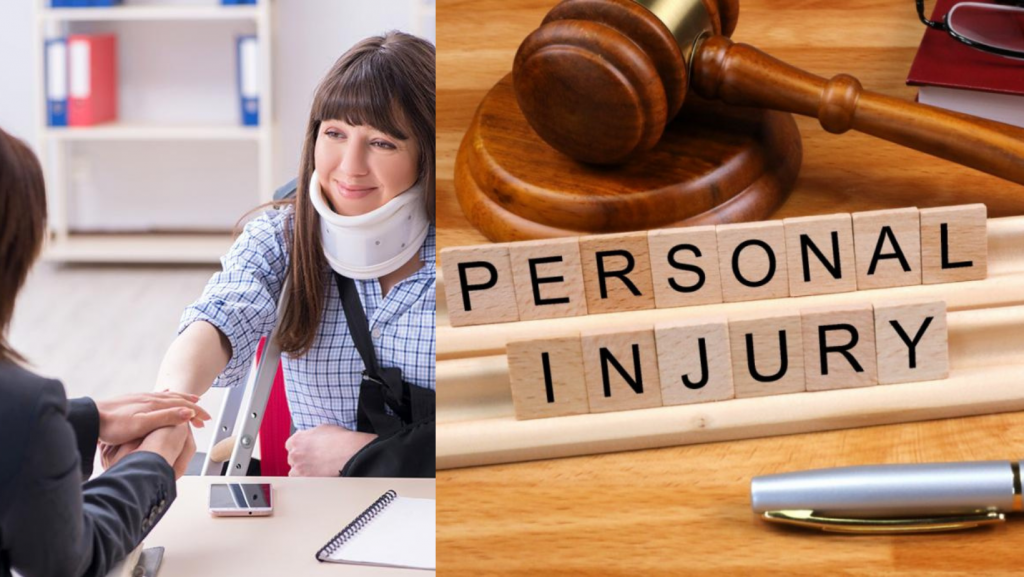Filing a personal injury lawsuit can be a complex and daunting process, but it is often necessary for those seeking justice and compensation for damages suffered due to another party’s negligence. This document aims to guide individuals through the various stages of filing a personal injury lawsuit, providing insights into the legal framework, necessary steps, and key considerations involved.
Understanding the process not only empowers plaintiffs but also helps them navigate the often overwhelming legal landscape, ensuring that their rights are protected throughout the journey. Whether you are dealing with a car accident, medical malpractice, or a slip-and-fall incident, having a clear roadmap can significantly impact the outcome of your case.
Initial Consultation with an Attorney
The first step in filing a personal injury lawsuit is to schedule an initial consultation with a qualified attorney. This meeting is crucial as it allows the injured party to discuss the specifics of their case, including the events leading to the injury and any medical treatment received. An experienced personal injury lawyer can assess the merits of the case, provide guidance on potential compensation, and outline the next steps. Many attorneys offer free consultations, allowing plaintiffs to explore their legal options without financial commitment.
During this consultation, it is essential for the plaintiff to gather and present all relevant documents, such as medical records, accident reports, and photographs of the incident scene. This information will help the personal injury attorney gain a comprehensive understanding of the case and its complexities. Potential plaintiffs should come prepared with questions regarding the attorney’s experience, success rates, and fees. This transparency is vital for establishing a trusting relationship, which is essential throughout the legal process.
Evidence Collection
Collecting evidence is a critical aspect of constructing a strong personal injury case. Relevant evidence may include eyewitness statements, medical records, accident reconstruction data, and expert opinions. The more comprehensive the evidence gathered, the stronger the case will be when presented in court or during negotiations with an insurance company. It is advisable to document everything meticulously, as even small details can prove pivotal in establishing liability and damages.
Preserving physical evidence is important. If possible, plaintiffs should keep items such as damaged property, clothing, or photographs that substantiate their claims. Effective evidence collection not only enhances the credibility of the plaintiff’s account but also plays a vital role in negotiations. Insurers evaluate claims based on the evidence presented; therefore, having a robust evidentiary foundation can significantly influence the negotiation outcomes and the ultimate success of the lawsuit.
Filing the Complaint
Once the evidence has been collected and a clear understanding of the case has been established, the next stage is to file a formal complaint with the appropriate court. This legal document outlines the plaintiff’s allegations against the defendant, including the facts of the case, the legal basis for the claim, and the types of damages sought. It is crucial that this complaint is drafted accurately, as errors or omissions can lead to delays or even dismissal of the case.
The filing of the complaint also initiates the litigation process, which involves several legal procedures. After the complaint is filed, a copy must be served to the defendant, who then has a specific period to respond. This can lead to further legal proceedings, such as the discovery process, where both parties exchange information relevant to the case. Understanding the procedural aspects of filing a complaint is essential for plaintiffs, as it sets the tone for the remainder of the lawsuit.
The Discovery Process
The discovery process is a pre-trial procedure in which both parties exchange information to build their cases. This may involve depositions, where witnesses and parties provide sworn testimonies; interrogatories, which are written questions that opposing parties must answer; and requests for documents related to the case. The discovery phase is essential as it allows both sides to examine the evidence and arguments that will likely be presented at trial. Engaging in discovery can be a lengthy and complex process, often requiring strategic planning.
Negotiation and Settlement
After the discovery process, many personal injury cases proceed to negotiations for a potential settlement. This stage involves discussions between the plaintiff’s attorney and the defendant or their insurance company to reach a mutually agreeable outcome. Settlement negotiations can be advantageous as they often save both parties the time and expense of a trial. During this phase, plaintiffs need to be aware of their rights and the value of their claims to ensure they do not accept an initial lowball offer.
Effective negotiation requires strong communication and an understanding of the legal and factual elements of the case. Plaintiffs should work closely with their attorney to evaluate any settlement offers, weighing the potential benefits against the risks of going to trial. If both parties reach a satisfactory agreement, the case may be settled without proceeding to court. However, if negotiations fail, plaintiffs must be prepared to take further legal action to seek the compensation they deserve.
Trial Preparation
If a settlement cannot be reached, the case will proceed to trial. Preparation for trial is a complex undertaking that requires extensive work from the plaintiff’s legal team. This preparation includes drafting and filing pre-trial motions, preparing witnesses for their testimonies, and organizing exhibits and evidence to be presented in court. A thorough and well-organized approach to trial preparation can significantly influence the outcomes. Trial preparation also involves establishing a compelling narrative that will resonate with the jury. This narrative not only highlights the plaintiff’s suffering but also emphasizes the negligence of the defendant.
The Trial Process
The trial process marks the culmination of the personal injury lawsuit journey. During the trial, both parties present their cases before a jury or judge, beginning with opening statements that outline the arguments to be made. Witnesses are called to testify, evidence is presented, and both sides have the opportunity to challenge each other’s claims. The trial can be an emotionally charged experience, as the stakes are high for the plaintiff seeking justice and compensation. Following the presentation of evidence and closing arguments, the jury (or judge, in a bench trial) will deliberate to reach a verdict.
Filing a personal injury lawsuit is a challenging and often overwhelming process, but understanding each phase can empower plaintiffs to effectively advocate for their rights. From the initial consultation with an attorney to the final verdict in court, every step is crucial in building a strong case and seeking appropriate compensation for damages incurred.
Plaintiffs need to remain informed, gather ample evidence, and engage in strategic negotiations to increase the likelihood of a favorable outcome. Ultimately, while the journey may be fraught with emotional and procedural complexities, perseverance and clarity throughout the process can lead to the justice and recompense deserved.






